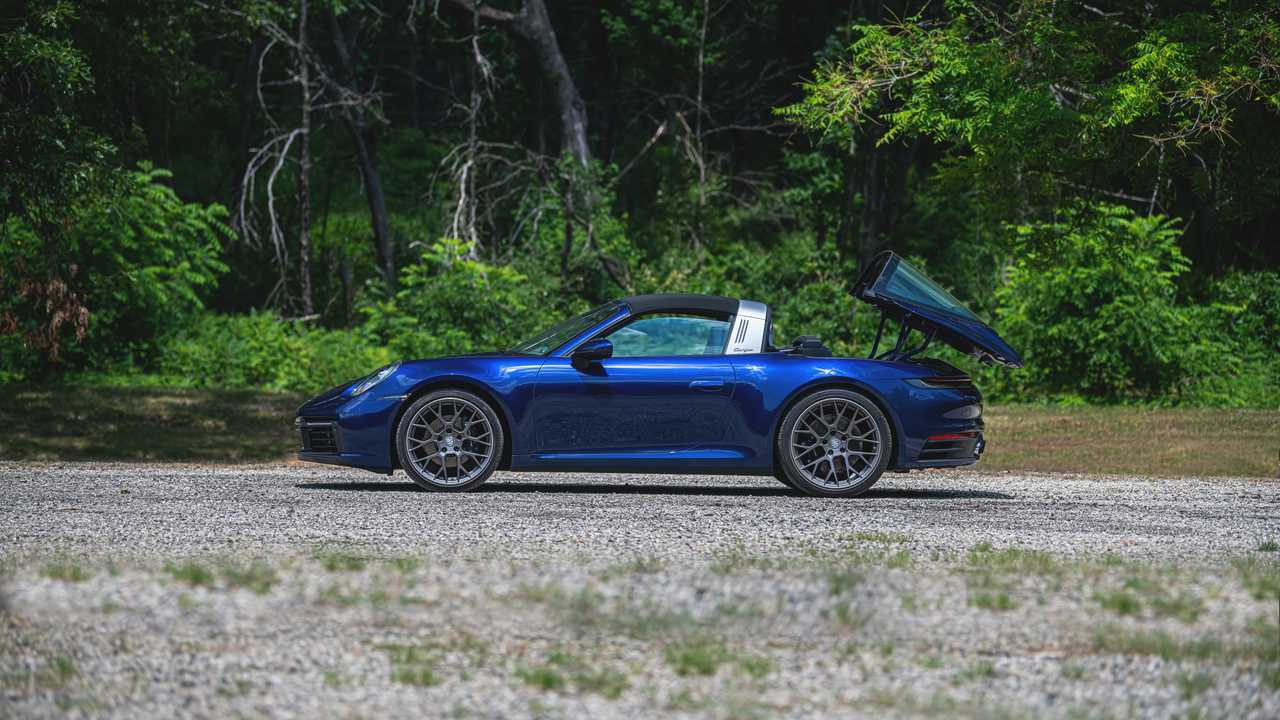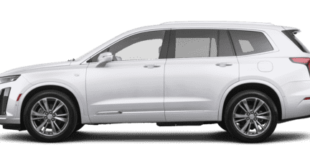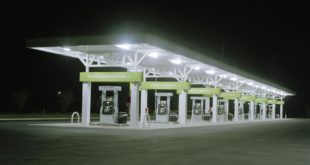First things first: There’s no practical reason to buy the 2021 Porsche 911 Targa over a 911 Cabriolet. The roof mechanism is slower to operate and more complex, and it only works while sitting still. The entire assembly is heavier too, and when the roof is open, the body isn’t any stiffer than a top-down 911 Cabrio.
But you can’t buy a 911 Cabrio. You just can’t. It’s like putting Cheez-Whiz on a prime cut, pairing a cashmere Tom Ford tux with a pair of flip flops, or decorating the front lawn of your castle with dozens of plastic flamingos. It’s not done.
Porsche has made strides to improve the profile of the 992 droptop, but it still looks frumpy and oddly proportioned, the fabric roof ruining the classic lines. And that’s just aesthetics. 911 Cabriolet drivers have co-opted this brilliant open-top driver’s car and turned it into an indulgent fashion statement.
But the 911 Targa is indulgent without being obvious. It sacrifices performance relative to the Coupe and convenience relative to the Cabriolet, but the oddness inherent in the design makes it cool. It’s rare. It has heritage. It’s exclusive. If you’re dead set on an open-air 911, the Targa is the only way you should go.



The Roof Is On Fire
The 911 Targa may feature a similar profile to the 911 Coupe, but the basic body itself – i.e. everything but the roof structure – comes from the Cabriolet. And that’s good. While the proportions of the convertible are a bit wonky, they’re that way because the fabric roof can’t mimic the 911’s shape. The rest of the car is very curvaceous, especially the kicked-up beltline that follows the rear haunches before tying together above the rear grille.
But where the Carrera Cab drops the ball with its fabric roof, the wraparound glass on the Targa retains the basic 911 shape and looks damn good doing it. The rear window, the lack of C-pillars, and the high tail make the Targa the most attractive member of the 911 family, full stop. And from the rear three-quarter, this might be one of the most fist-bitingly pretty cars around.




But it doesn’t hold a candle to the Cabriolet in terms of practicality. The Cabriolet’s folding soft top goes up and down in just 12 seconds and works below 30 miles per hour. The Targa’s roof takes 19 seconds to operate and you’ll need to remain stationary as the mechanical ballet plays out. And it’s quite the performance, with the entire rear window lifting up and moving out past the tail of the vehicle. Fortunately, the 911’s rear parking sensors prevent the top from operating if you’re too close to an obstacle.
As for the actual open-air experience, it’s hard to tell the difference from behind the wheel between the true convertible and this. The Targa lets in just as much sunshine as a proper convertible, although wind noise is less noticeable at higher speeds. The Targa seems to let in less engine noise than the convertible, although it’s worth noting we were driving a Euro-market car with a sound-stealing gasoline particulate filter and without the sport exhaust system. It’s possible when we finally drive a US-market Targa, its sound will be more prominent.



Still A 911
As the heaviest non-Turbo 911, it’s reasonable to expect some performance loss in the all-wheel-drive-only Targa, at least relative to the Coupe. At 3,658 pounds, it’s more than 200 pounds heavier. But the overall performance character is largely in line with the Cabriolet, which is a mere 44 pounds lighter than the Targa.
Like the Cabrio, the Targa is available in base and S variants with twin-turbocharged 3.0-liter flat-sixes packing 379 horsepower and 331 pound-feet or 443 hp and 390 lb-ft. The result is identical zero-to-60-mph sprints of 4.2 seconds for the base and 3.6 seconds for the 4S (subtract two-tenths off each number for cars with the Sport Chrono pack).
Our Targa 4 tester felt spritely, but unlike the Carrera 4 Coupe we reviewed a few weeks ago, a little more power would help.
Our Targa 4 tester felt spritely, but unlike the Carrera 4 Coupe we reviewed a few weeks ago, a little more power would help. The Targa, owing to its extra weight, is slower in a straight line, but the engine remains a superstar with ultra-linear torque and a willingness to rev. This is still a very pleasurable vehicle to wind out to redline.
That’s partly down to the eight-speed dual-clutch automatic. Porsche will offer a seven-speed manual on the Targa 4S, but the base model makes do with the two-pedal rig. We’d normally lament this fact, but Porsche’s twin-clutch transmissions are arguably the best on the planet, ripping off quick 100-millisecond gear changes when set for maximum attack while doing their job perfectly in regular cruising. Get the seven-speed if you can, but don’t feel too bad about going for the auto, either.


The 911 Targa’s handling character is similar to the Cabriolet too, which is to say the Coupe is more agile and rigid and the right choice for people who value handling most. The new roof adds weight for a start, but it also raises the center of gravity and moves the weight balance a little bit towards the rear – you probably won’t notice these things outside of a race track. What’s more obvious, though, is that lack of rigidity. The Coupe is the most resistant to twisting motions. Keep the roof up and the Targa comes in second and the Convertible third. Drop the tops on the latter two, though, and the levels of torsional rigidity are identical.
You can feel that difference on the road. The Targa feels firm enough – we didn’t encounter any cowl shake or other bad convertible manners – but it’s less eager to change directions and feels more easily disturbed by bumps and imperfections. Push hard and it still delivers a 911-worthy handling experience, though. There are high levels of lateral grip and plenty of feedback through the chassis. The steering is quick and well weighted, too. Really, the Targa is a hoot to throw around, even if its outright limits lag behind the Coupe.
Cost? What Cost?
Perhaps our favorite thing about the 911 Targa is that it doesn’t cost any more than a Carrera 4 or 4S Cabriolet. That’s right, you’ll be spending the same for a full fabric roof or the more elaborate design. Prices on both cars start at $ 119,300 for the 4 and $ 135,200 for the 4S. Props to Porsche for not charging extra for the cooler body style.
The Targa costs the same as the convertible, is just as quick and probably a bit more agile, is more stylish, and arguably has better convertible manners. And to top it off, this body style is much rarer. In the last generation, just 15 percent of all 911s featured this unique top mechanism – Porsche wouldn’t speculate on take rates for the 992 Targa, but we’d wager a big chunk of change that 15 percent is likely. Yes, the Targa is heavier and its top is a little less convenient. But when we’re talking about rarity and style in a sports car, a little inconvenience is well worth it.

